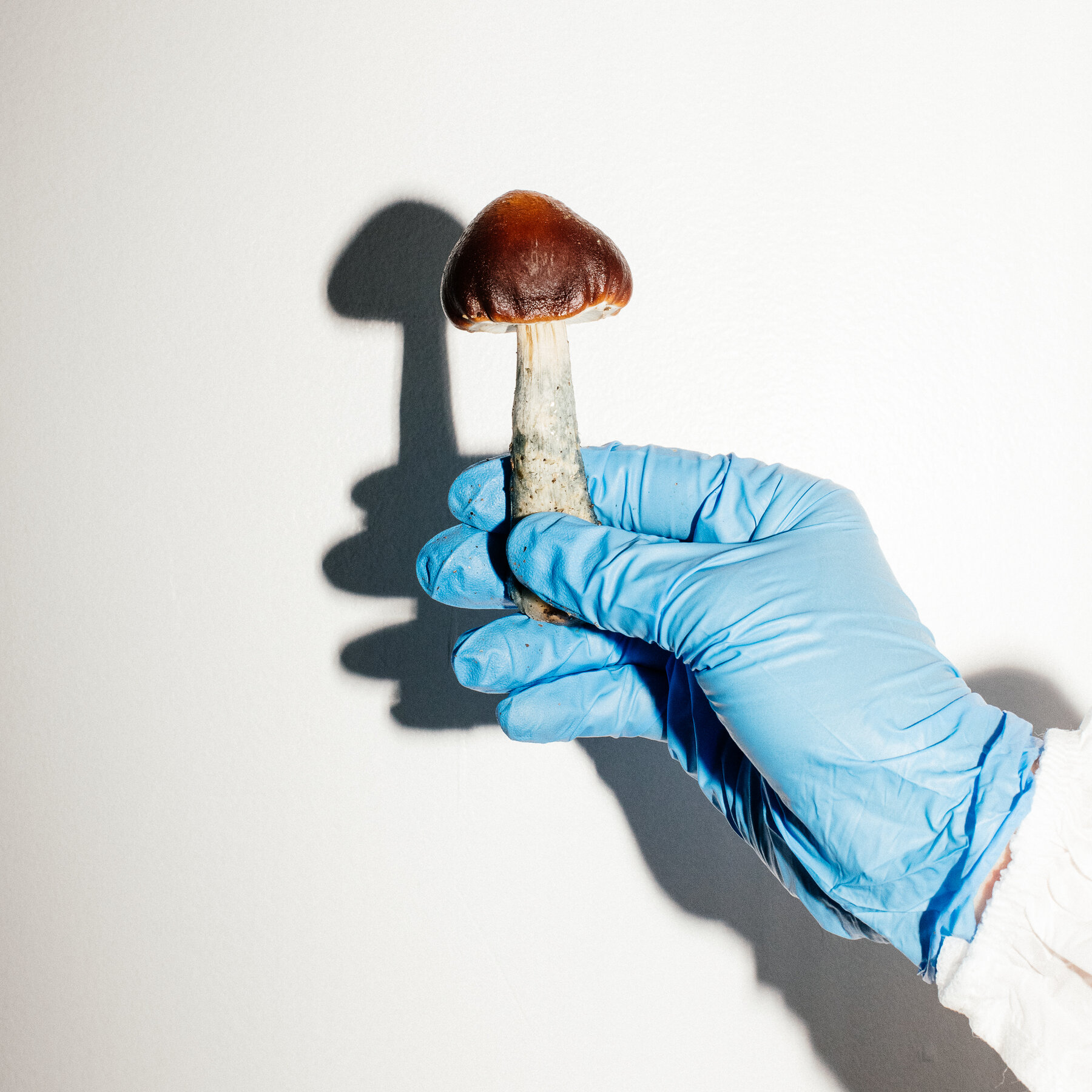The Evolutionary Enigma of Psychedelic Mushrooms
Psychedelic mushrooms have long fascinated scientists and enthusiasts alike, with their ability to alter human perception and induce profound experiences. At the heart of their mystique lies psilocybin, a powerful molecule responsible for their mind-bending effects. Researchers have been intrigued by the evolutionary paths that led to the development of psilocybin in distinct groups of mushrooms. A recent study has shed light on the fascinating and divergent routes taken by two distantly related groups of fungi to produce this psychoactive compound.The two groups in question, Psilocybe and other fungi producing psilocybin, are separated by vast evolutionary distances, making their convergent ability to produce psilocybin all the more intriguing. Psilocybe mushrooms, commonly known as "magic mushrooms," have been used for centuries in traditional medicine and spiritual practices. The psilocybin they produce acts on the human brain to create altered states of consciousness, characterized by vivid visuals, intensified emotions, and a sense of interconnectedness.The first group, comprising species like Psilocybe cubensis, follows a relatively straightforward biosynthetic pathway to produce psilocybin. This involves a series of enzyme-catalyzed reactions that convert simple amino acids into the active molecule. In contrast, a second group of fungi, including the genus Gymnopilus, has taken a more circuitous route. These fungi have developed a distinct genetic toolkit that enables them to produce psilocybin through a different sequence of biochemical reactions.The study's findings highlight the remarkable flexibility of fungal metabolism and the multiple evolutionary solutions that can lead to the production of complex molecules like psilocybin. By comparing the genetic and biochemical pathways of these two groups, researchers have gained insights into the evolutionary pressures and selective forces that drove the development of psilocybin production.The discovery of these divergent pathways has significant implications for our understanding of the evolution of complex biological systems. It also raises questions about the distribution and diversity of psilocybin-producing fungi, as well as the potential for discovering new psychoactive compounds in unexplored fungal lineages. As researchers continue to unravel the mysteries of psychedelic mushrooms, they may uncover new therapeutic applications for psilocybin and other related compounds, potentially revolutionizing the treatment of mental health disorders. The allure of psychedelic mushrooms, it seems, lies not only in their mind-bending effects but also in the fascinating evolutionary stories that underlie their magic.
